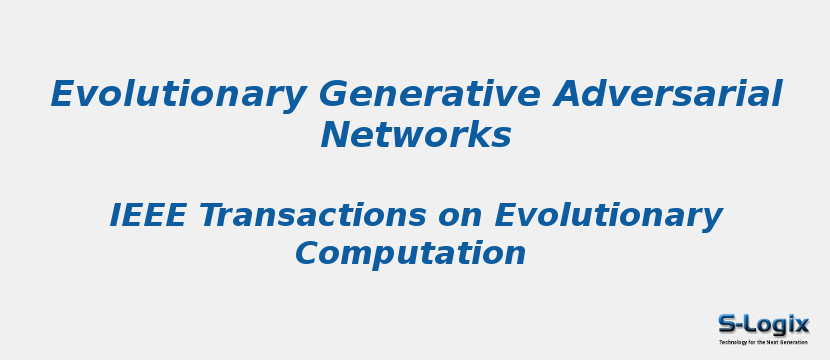Research Area: Machine Learning
Generative adversarial networks (GANs) have been effective for learning generative models for real-world data. However, accompanied with the generative tasks becoming more and more challenging, existing GANs (GAN and its variants) tend to suffer from different training problems such as instability and mode collapse. In this paper, we propose a novel GAN framework called evolutionary GANs (E-GANs) for stable GAN training and improved generative performance. Unlike existing GANs, which employ a predefined adversarial objective function alternately training a generator and a discriminator, we evolve a population of generators to play the adversarial game with the discriminator. Different adversarial training objectives are employed as mutation operations and each individual (i.e., generator candidature) are updated based on these mutations. Then, we devise an evaluation mechanism to measure the quality and diversity of generated samples, such that only well-performing generator(s) are preserved and used for further training. In this way, E-GAN overcomes the limitations of an individual adversarial training objective and always preserves the well-performing offspring, contributing to progress in, and the success of GANs. Experiments on several datasets demonstrate that E-GAN achieves convincing generative performance and reduces the training problems inherent in existing GANs.
Keywords:
Author(s) Name: Chaoyue Wang; Chang Xu; Xin Yao; Dacheng Tao
Journal name: IEEE Transactions on Evolutionary Computation
Conferrence name:
Publisher name: IEEE
DOI: 10.1109/TEVC.2019.2895748
Volume Information: ( Volume: 23, Issue: 6, Dec. 2019) Page(s): 921 - 934
